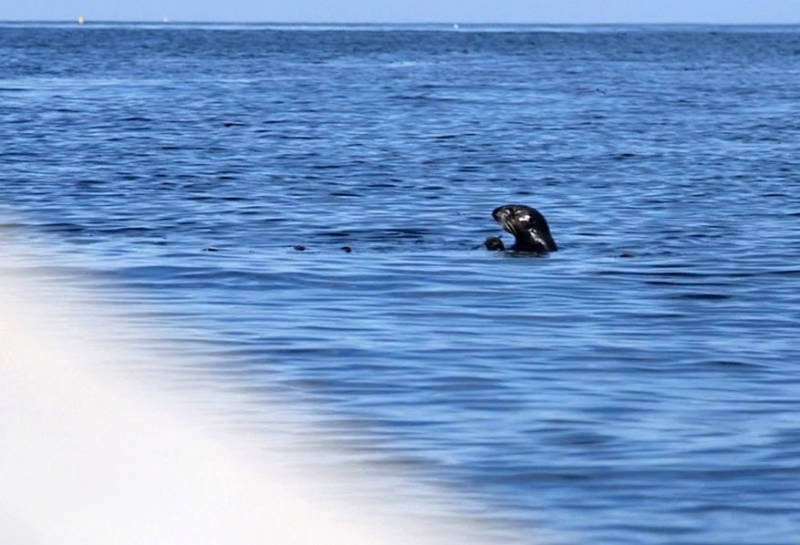Great white shark bites are a leading cause of death for California sea otters, according to The Marine Mammal Center. That’s how a baby otter named Langly ended up in the center’s care.
“The sharks mistake otters for their more preferred prey of seals and sea lions. And unfortunately many of these attacks end in a fatality for the otter,” said Dr. Cara Field, staff veterinarian at the center, which is located in Sausalito.
Langly was found on a beach in San Luis Obispo County in May of last year. Her mother had been bitten by a shark.
“So when the mom stranded, Langly was found clinging to her, but was still alive and actually in pretty good shape. So the mother actually died during the course of being rescued, and we had this little pup who was not quite ready to be on her own yet,” Field said. “So we were able to take her in and get her fed up, and slowly help her grow and start to learn how to forage and be an independent sea otter.”
Langly even made the list of contenders for The Marine Mammal Center’s prestigious 2018 Patient of the Year award:

